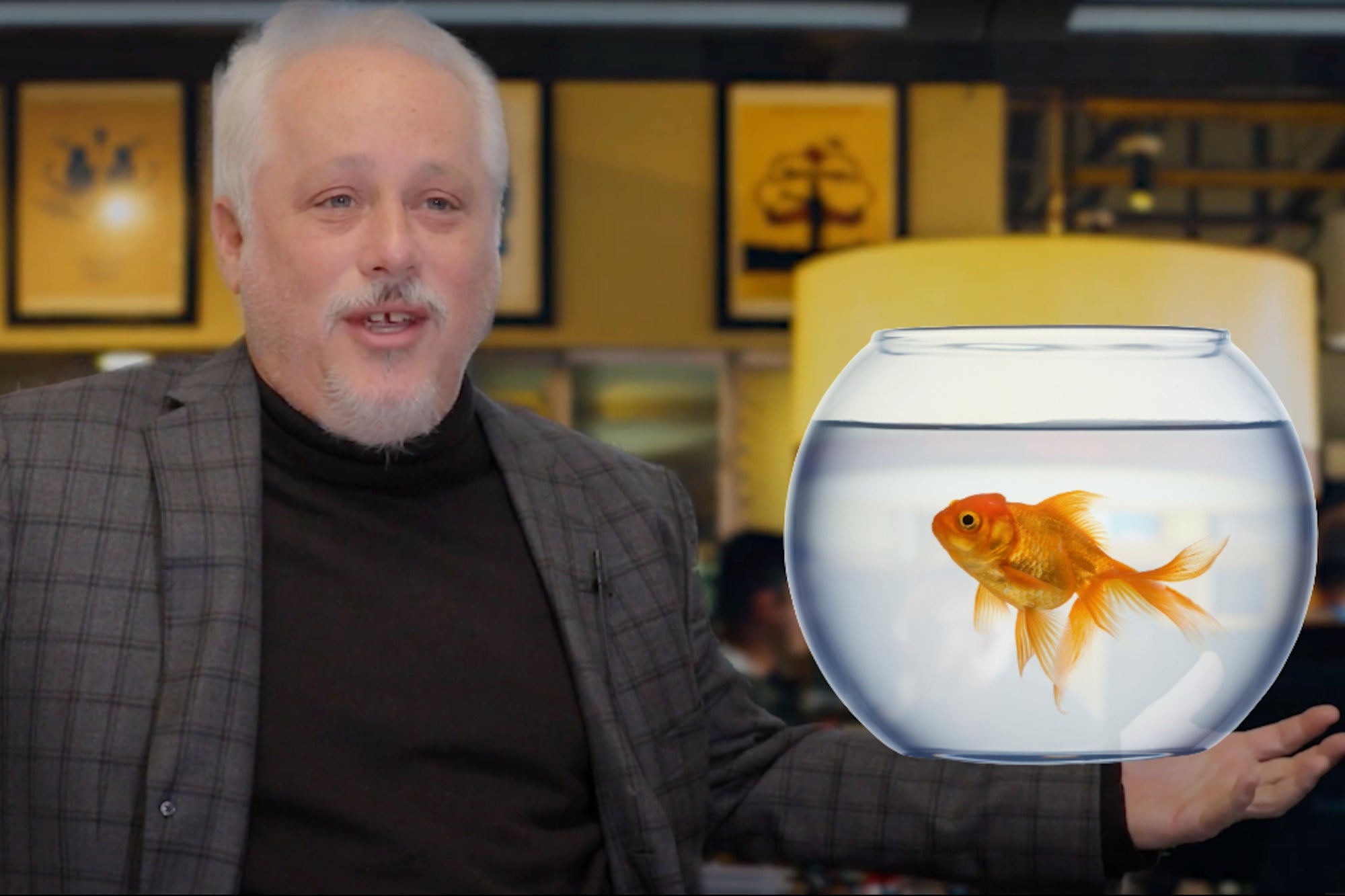Survival Strategies Small Businesses Turn To Self-Insurance Plans

Double-digit increases in premiums have more small and midsized companies looking to assume direct responsibility for the medical claims of their employees. But big losses are possible under such a strategy.
Last year, Flat Rock Furniture, of Waldron, Ind., a manufacturer of hickory furniture, began self-insuring the health benefit for its 80 workers after its insurer insisted on raising the premium by $154,000.
"I couldn't withstand that [increase] in a recession," says Van McQueen, the owner of Flat Rock, which has annual revenue of about $5 million.
Large companies have long been considered better able to self insure, but as small and midsize companies see health-care premiums outpace the cost of their employees' claims, industry consultants say self-insurance is becoming an increasingly popular alternative. With self insurance, smaller companies set aside an amount for routine health claims, purchase special insurance for catastrophic or unusual losses, and typically hire a third party to handle the administrative details.
Puzzling Price Increase
This year, companies that fully insure their health benefits through an insurer saw costs climb by an average of 15.6%, compared with a 12.4% increase for self-insured companies, according to a survey conducted by the Kaiser Family Foundation and the Health Research and Educational Trust.
Mr. McQueen of Flat Rock Furniture was puzzled at the rise in his premiums, he says, because his company had not incurred any catastrophic claims. And yet his insurer wanted Flat Rock to pay a $480,000 premium for 2002, instead of the $326,000 it paid under the prior contract. And with business down 5% from the previous year, Mr. McQueen says the premium increase would've been too tough for his small company to swallow.
Ultimately, Mr. McQueen decided that Flat Rock would self-fund its health benefit -- and saved $325,000 on what it would have paid had it stayed with the insurer.
In 2002, when Flat Rock switched to self-insurance, an underwriter recommended the company establish a fund of $240,000 to cover employee claims for the year. Ultimately, Flat Rock paid just $55,000 in claims and $100,000 for administrative expenses and stop-loss coverage, which was bought to pay for catastrophic claims.
Under the Employee Retirement Income Security Act, or ERISA, self-insurance is considered an employee-benefit plan instead of an insurance contract. The law spares self-funded companies from state premium taxes, which can be as much as 3%. Moreover, self-funded employers pocket the higher administrative costs they would otherwise pay insurers. Generally, administration fees for self-insured plans are no higher than 7% of the total costs, compared with 10% of the premium or more with an insurer, according to Milliman USA Inc., health-care consultants in Seattle. Employers could also save as much as 5% from profit-and-risk charges factored into the premium by insurers.
Half of the workers in the U.S. from companies with 200 to 1,000 employees have self-funded insurance this year, the Kaiser study found. And 10% of employees in companies with fewer than 200 workers are covered under a self-funded plan, the study showed.
With continued double-digit premium increases forecast again next year, more small and midsize companies are exploring the idea of self-insurance, consultants say.
"We are definitely seeing a trend in companies looking at self-insurance," says Roger Edgren, national practice leader in Grand Rapids, Michigan, with Marsh Inc., a unit of Marsh & McLennan Cos., of New York. Mr. Edgren estimates the number of self-insured small and midsize employers will grow by 10% in the next two years.
Risks, Too
But "self-insurance isn't for every employer," says George Pantos, Washington counsel for the Self-Insurance Institute of America.
Self-insured employers are subjected to annual fluctuations in claim costs that the insurer often absorbs for a fully insured plan. And even with stop-loss coverage for catastrophes, there could be unexpected costs due to underwriting tools such as "lasering," in which reinsurance carriers charge a small company a much higher deductible to cover employees with serious illnesses than the rest of the group. And the company will have to cover that deductible if those workers have major medical expenses during the year. Insurers are also able to negotiate lower prices from hospitals and physicians.
And, after switching to a self-insured plan, says Ray Fox, owner of an Indianapolis-based insurance agency, an employer who attempts to revert back after a few expensive claims would likely find a sharp increase in premiums by the insurer, who would factor in the risk of covering those individuals.
'Roll of the Dice'
Still, self-funding might be worth the risk for many small employers. For example, self-insured businesses with 200 employees have a 14% probability that actual claims will exceed the projected budget, according to Milliman USA. Companies with 1,000 employees have a 26% chance of surpassing their health- insurance budgets, the firm says. Why? The larger the number of employees, the more likely that one or two will incur catastrophic health-care costs. "It's a roll of the dice based on statistical data," says Kurt Ridder, president of Spectrum Underwriter Managers Inc.
Frank Neeri, firm administrator for the Spokane, Wash. law firm Lukins & Annis, says his company is ready to gamble. Under its current insurance contract, Lukins & Annis pays a $765,000 premium to cover 114 workers, compared with about $650,000 in fiscal 2002-2003. However, about $118,000 of last year's premium was billed as administrative costs.
To save on such expenditures, Mr. Neeri says the firm is likely to switch to a self-funded plan next year [2004]. "If we save money, we can provide better services and take money off our overall expense," he says.
From StartupJournal.com
Copyright © 2004 Dow Jones & Company, Inc. All Rights Reserved










